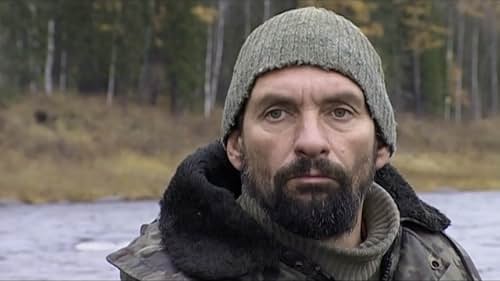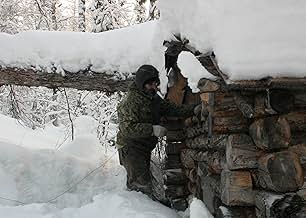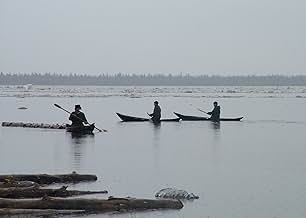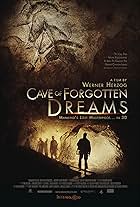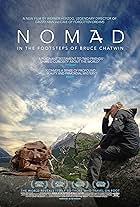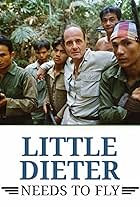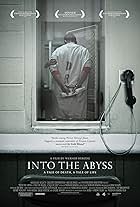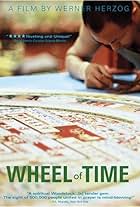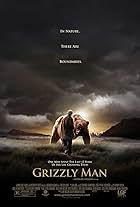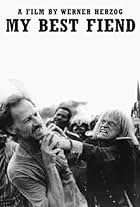A documentary depicting the life and work of the trappers of Bakhtia, a village in the heart of the Siberian Taiga, where daily life has changed little in over a century.A documentary depicting the life and work of the trappers of Bakhtia, a village in the heart of the Siberian Taiga, where daily life has changed little in over a century.A documentary depicting the life and work of the trappers of Bakhtia, a village in the heart of the Siberian Taiga, where daily life has changed little in over a century.
- Awards
- 1 win
- Directors
- Writers
- All cast & crew
- Production, box office & more at IMDbPro
Storyline
Did you know
- TriviaSince the popularity of the TV mini-series, the village of Bakhta has become a tourist spot, with visitors arriving by river boat in the short summer months. Tarkovsky created a museum there that features artifacts and exhibits on the life and work of the trappers, fishermen, boat-builders, craftsmen, and villagers. The museum features a workshop to teach young people practical application on how to live off the land, and to pass down its traditions.
- Quotes
[first lines]
Himself - Narrator: This is the village of Bakhtia In Siberia. Although it looks like winter to us, it's already spring here. The village is located In the heart of Siberia, and we should keep in mind that this colossal landmass is one and a half times the size of the United States. The endless wilderness that surrounds this place is known as the taiga. No roads or train lines traverse it. There are only two ways to reach this outpost - one is by helicopter, the other by boat. The expanse in the foreground is not solid ground but the frozen-over Yenisey River, one of the largest waterways in Siberia. It's only during the few Ice-free months of summer that boats can also reach Bakhtia.
Himself - Narrator: Of the 300 or so inhabitants of this village, a handful of them make their livelihood as professional trappers. One of these men is Gennady Solovyev. Here he makes his way into the wilderness across an enormous frozen river. He wants to show us an essential tool of his profession.
Gennady Soloviev: [demonstrating] An animal would approach and begin twisting the bait. The pressure is very light, I'll keep my hand in it. Let me show you. See how light it is.
[the top collapses]
Gennady Soloviev: There you go. The animal is trapped. This is how I disarm the trap.
[lifting the top back up]
Gennady Soloviev: I take away the bait. I remove the wooden linchpin so squirrels or mice don't steal them. I put everything under the roof, and that's it.
- ConnectionsEdited from Happy People (2007)
What makes this work so well is the clear, concrete detail shown as the trapper (Nikolay Nikiforovitch Siniaev, I believe) goes about what he has to do throughout the entire year in order to survive in the harsh climate. What must be done in spring as he prepares for the melting of the snow (and the mosquitos!) is very different from what must be done in the dead of winter when there is ice on the man's beard. Interesting enough during both winter and summer they fish the river for pike, breaking ice in winter and throwing nets in the summer, which they either smoke or feed to the dogs.
The dogs! In this film we can see clearly the essential symbiotic relationship between humans and dogs. It is not clear that the trapper would be able to do his work without the help of his dogs. The dog's ears and its sense of smell augment the man's knowledge and experience so that together we see them work as a team. When the man makes a mosquito repellent from the bark of a birch tree (I think it was birch) he rubs it on his dogs as well.
The amount of carpentry and other wood working that the trapper has to do, including making craft to navigate the rivers and streams, is surprising. Of course the traps he makes are made mostly of wood. He traps sable for its valuable fur. To do so he has to place traps over a wide area which means he has to maintain various cabins in the woods that he and whoever is working with him can stay overnight since the treks cover many miles of frozen ground. We see him knocking down the snow piled high on the cabins, repairing damage made by bears, etc.
The idea that the people are happy and especially the trapper cannot be argued with even though their lives are hard. The life's lesson here is that when a man is consumed with work that he has to do, that is necessary for his survival, and it is work that he can do, that he has developed the skills to do, that man is happy. He is happy partly because he is close to nature; in fact he is immersed in nature in a way similar to way hunters and gathers were in Paleolithic times. It can be argued that that world, however challenging, is one that is natural for humans. (Of course there are other natural environments, some very different such as an equatorial jungle demanding a different set of skills.) After watching this I intend to watch some of Herzog's other films.
By the way, Klaus Badelt's score is beautiful and haunting.
--Dennis Littrell, author of "Cut to the Chaise Lounge or I Can't Believe I Swallowed the Remote"
- DennisLittrell
- Oct 27, 2015
- Permalink
- How long is Happy People: A Year in the Taiga?Powered by Alexa
Details
Box office
- Gross US & Canada
- $338,987
- Opening weekend US & Canada
- $10,481
- Jan 27, 2013
- Gross worldwide
- $338,987
- Runtime1 hour 30 minutes
- Color
- Aspect ratio
- 1.85 : 1
Contribute to this page


